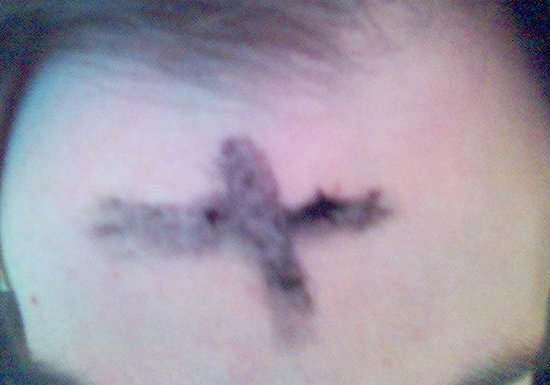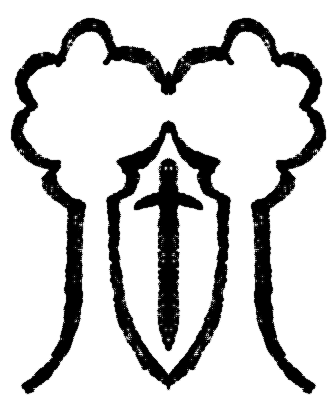Why the Cross is Okay on Ash Wednesday
 Typically, Reform Unitarianism avoids the use of the cross. One reason is that the cross did not become an important symbol in Christianity until well into the 4th Century, after conflationist corruptions had begun to undermine Christian theology. The cross simply does not represent original Christianity.
Typically, Reform Unitarianism avoids the use of the cross. One reason is that the cross did not become an important symbol in Christianity until well into the 4th Century, after conflationist corruptions had begun to undermine Christian theology. The cross simply does not represent original Christianity.
More importantly, however, veneration of the cross puts salvific power in the murderous actions of Romans and the foolish decision of the mob of Barabbas. In AUR, we believe that the moment of salvific power during the passion narrative was not at Golgotha but at Gethsemane, when Jesus of Nazareth committed his soul to the will of his Father and ours: the Creator of all things.
The metaphorical Cup of Gethsemane (“take this cup from me”) which Jesus ultimately accepts (“nevertheless, Thy will be done”) is the universal key to salvation. The cross is merely the local instrument of Jesus’s punishment and execution. Suffering and death were indeed necessary for Jesus — as they are for us — but it is “Thy will be done” that effects salvation, not the Roman whip, thorn, nail, and spearpoint.
Still, although the chalice is a more spiritually accurate symbol of salvation through commitment of the soul, the cross remains a potent material reminder of what that commitment meant for the founder of our religion. To use the cliché that has arisen from the passion narrative, each of us has our own “cross to bear” — but the cross born by Jesus Christ was one of the thousands of actual crosses on which so many were tortured and executed in ancient times.
On this day, as a reminder of the material consequences of our spiritual commitment, Reform Unitarians join with other Christians in taking the ashen mark of the cross to remember that we are dust, and to dust shall we return.

